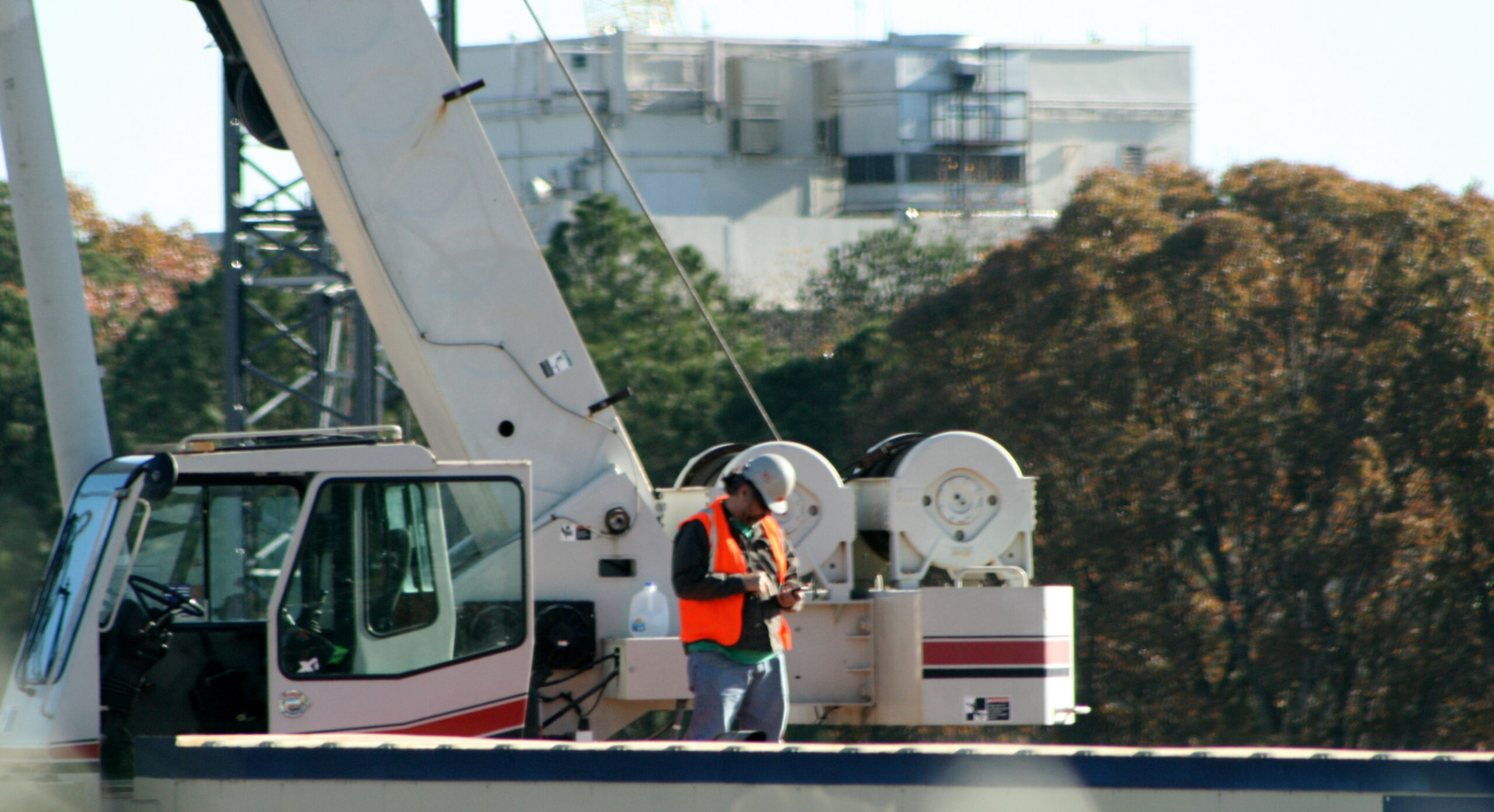The construction industry is notorious for its high accident rate. Some of these accidents may be genuinely unforeseeable. Many, however, could have and should have been prevented. Here are some of the common types of construction accidents.
Falls
In the case of construction, falls often means specifically falls from height. This risk can usually be mitigated through a combination of equipment, training, and robust processes. In particular, safety equipment should be checked regularly to ensure that it is still fit for purpose. This includes scaffolds as the connectors can become loose over time.
Falling objects
As above, in construction, falling objects often means objects falling from a height. Objects being dropped to the ground doesn’t tend to be as much of an issue. The exception is if they are left lying so that they become tripping hazards.
Issues with falling objects can generally be managed by ensuring that objects are secured properly both in use and at rest. Construction workers should also wear hard hats and work boots.
Tripping and slipping hazards
Tripping and slipping hazards are a common cause of injury across all industries. They are, however, particularly likely when workers are exposed to the elements particularly rain. This is standard in construction.
The risk of ground-level trips and slips should be mitigated in the usual way. In other words, walkways should be kept dry, clean, and clear of hazards. This may involve covering them from the elements.
Defective equipment
Again, issues with defective equipment are not unique to construction. It is, however, fair to say that the construction industry uses a lot of very powerful equipment. This means that any defects with it can have particularly serious consequences.
The risk of defective equipment should be mitigated by a robust program of care and maintenance. It’s also advisable to have a process in place for removing and replacing defective equipment so workers aren’t tempted to use it to avoid losing time.
Vehicle accidents
Construction sites are often in places that have a lot of traffic nearby. Even if they don’t they will almost certainly have a lot of traffic on site. In addition to staff vehicles, there will be deliveries, moving machinery, and often site visitors. What’s more construction sites are often very small relative to the amount of activity that goes on in them.
This risk can be mitigated by the use of effective traffic management strategies. Firstly, there needs to be clear oversight of what vehicles are entering the site to ensure that they should actually be there.
Secondly, there should be clear routes for both vehicular traffic and pedestrians. This should keep them separated as much as possible. If their paths do need to cross, then there needs to be some way of managing this, for example, an automated system or a human staff member.
Excessive noise
In the construction industry, noise has the potential to be a huge issue. It shouldn’t be, however, since noise issues should be easily managed with appropriate personal protective equipment such as ear defenders.
Vibrating tool hazards.
Similar comments apply to vibrating tool hazards. These should be easily managed with the appropriate use of PPE, in particular gloves.
